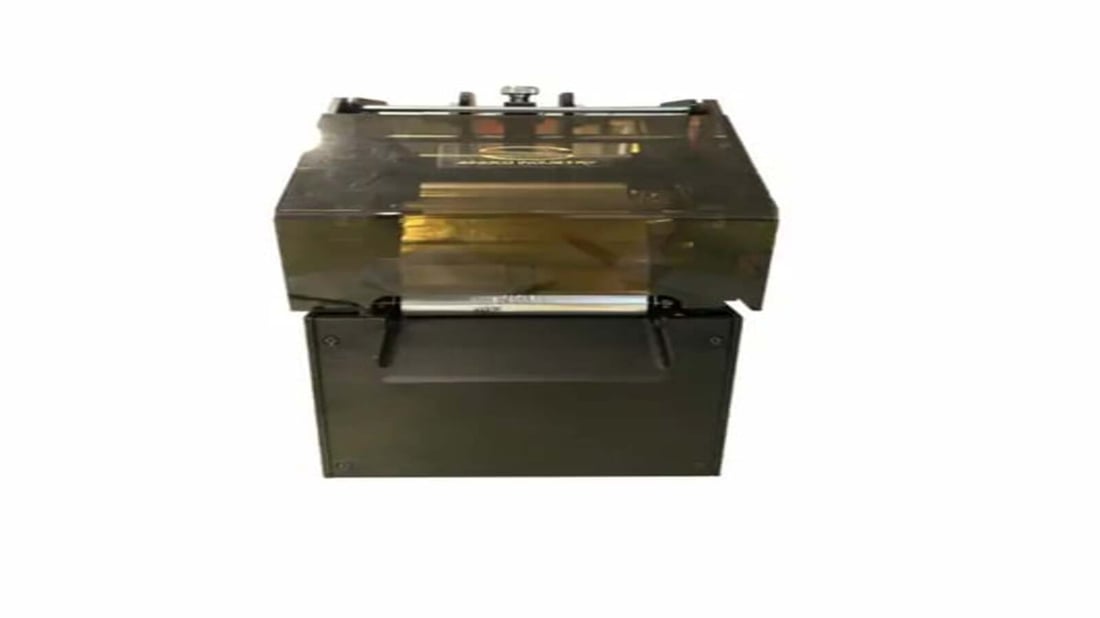ribbon labels: The Ultimate Guide
Ribbon labels are often overlooked but are a crucial part of product packaging and organization. These labels not only add a decorative element to your packaging but also serve as an effective way to communicate important information about your product. In this article, we will explore the different aspects of ribbon labels that make them an essential tool in any packaging and labeling strategy.
What are Ribbon Labels?
Ribbon labels are narrow strips of fabric or paper that are used to identify or label products. These labels can be attached to products using adhesive or tied onto items using ribbon or string. Ribbon labels are often used for adding a decorative touch to products and packaging. However, they can also be used to convey important information such as branding, product details, and pricing.
Types of Ribbon Labels
There are many types of ribbon labels available in the market. The most common types include:
- Satin ribbon labels
- Grosgrain ribbon labels
- Organza ribbon labels
- Cotton ribbon labels
- Bamboo ribbon labels
The type of ribbon label you choose will depend on your product and the information you want to convey. For example, if you want to showcase a luxurious product, you might opt for a satin ribbon label, while a more natural product might feature a cotton or bamboo ribbon label.
Benefits of Ribbon Labels
Ribbon labels offer a range of benefits for product packaging and labeling:
- They add a decorative touch to products and packaging, making them more visually appealing.
- They are versatile and can be used for a variety of purposes, including branding, product details, and pricing.
- They are cost-effective and can be produced in large quantities.
- They are easy to attach to products using adhesive or ribbon.
- They can be customized with different colors, fonts, and patterns to match your branding.
Uses of Ribbon Labels
Ribbon labels can be used in a variety of ways, including:
- Brand identification: Ribbon labels can be used to showcase your brand identity by featuring your company logo and colors.
- Product details: Ribbon labels can be used to convey important product details such as ingredients, size, and care instructions.
- Pricing: Ribbon labels can be used to display pricing information on products.
- Oversized packaging: Ribbon labels can be used to tie oversized packaging together for added stability and security.
Designing Ribbon Labels
When designing your ribbon labels, it's important to consider the following:
- Color: Choose colors that match your brand or product packaging.
- Font: Use a font that is easy to read and matches your branding.
- Size: Choose a size that is appropriate for your product and packaging.
- Material: Select a material that complements your product and packaging.
- Message: Keep your message clear and concise. Only include essential information.
Where to Buy Ribbon Labels
You can buy ribbon labels from a variety of sources, including:
- Craft stores
- Online retailers
- Specialty packaging companies
- Custom label manufacturers
When buying ribbon labels, make sure to consider the size, material, and design of the labels to ensure they match your product and packaging needs.
Conclusion
Ribbon labels are an essential tool in any product packaging and labeling strategy. They offer a range of benefits and can be customized to match your branding and product needs. When designing your ribbon labels, keep the above factors in mind to ensure your labels are effective and help your products stand out.

